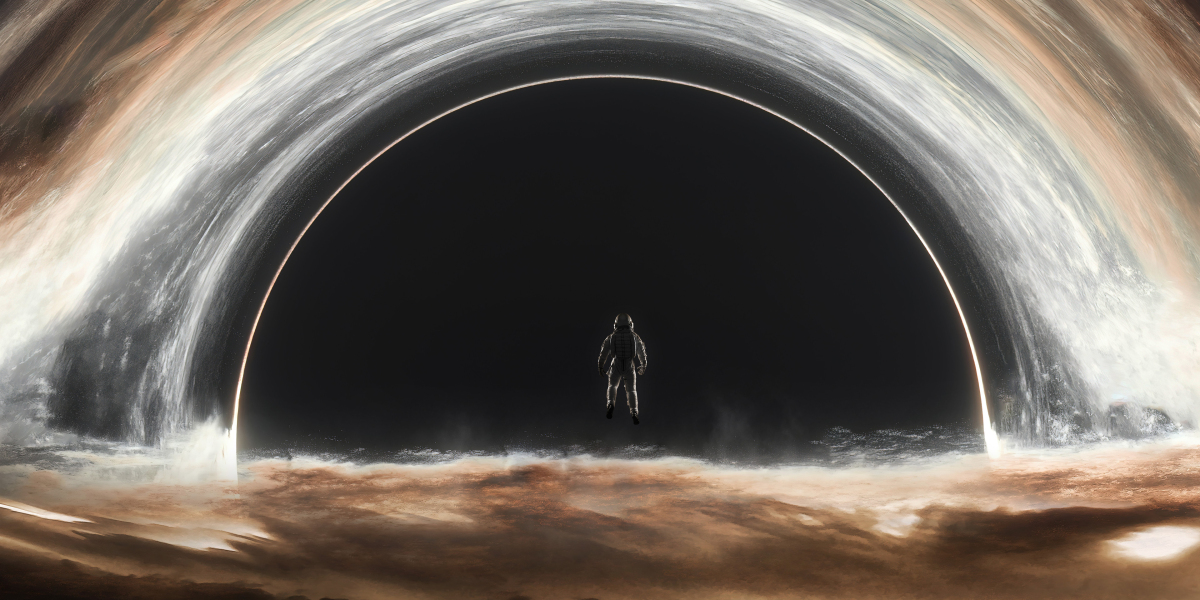The Earth, our only home, stands at a crossroads. Decades of unchecked industrial growth, resource exploitation, and disregard for ecological balance have pushed our planet to the brink of collapse. Climate change, deforestation, biodiversity loss, ocean acidification, and pollution have created a “broken planet” narrative that is no longer science fiction—it is reality. But amidst this chaos, there is also a counter-narrative emerging: the rise of a broken planet that refuses to give up. The phrase “Broken Planet Rising” captures both the damage we have inflicted and the resilience we are witnessing.
How Did We Break Our Planet?
The Anthropocene, the age of humans, has been marked by progress and innovation but also by exploitation. Fossil fuel dependence has fueled global warming, raising average temperatures by more than 1°C since the pre-industrial era. Glaciers are melting, sea levels are rising, and extreme weather events—once rare—have become commonplace.
Deforestation for agriculture and urban development has destroyed habitats and pushed thousands of species toward extinction. Overfishing and plastic waste have poisoned our oceans, while air pollution continues to choke major cities worldwide. The Earth’s systems, interconnected and delicate, are fraying at multiple levels, creating what scientists call “planetary boundaries,” several of which humanity has already crossed.
In essence, we have broken our planet by prioritizing short-term economic growth over long-term environmental sustainability. But just as human activity caused the damage, human creativity and determination are now becoming central to healing it.
The Shift: From Despair to Action
For years, news about environmental decline left people paralyzed with despair. The sheer magnitude of global warming, combined with political inaction, made change seem impossible. Yet, a shift is happening. From grassroots climate strikes to innovative technologies in renewable energy, communities, scientists, and even corporations are starting to reimagine how we live on Earth.
Young people, in particular, have emerged as a powerful voice, demanding systemic change. Movements like Fridays for Future and Extinction Rebellion have forced political leaders to acknowledge the urgency of the climate crisis. Environmental justice has become not just a scientific issue but a moral one, emphasizing how climate change disproportionately affects vulnerable populations.
This awakening is what makes Broken Planet Rising such a powerful phrase—it reflects not only the damage but also the collective will to rise above it.
Technological Innovations Leading the Way
Technology has been a double-edged sword: it accelerated the planet’s decline, but it is also offering solutions. Renewable energy technologies such as solar, wind, and hydro are scaling faster than expected, with many countries committing to net-zero emissions targets within decades. Advances in battery technology are making clean energy storage more viable, reducing reliance on fossil fuels.
Agricultural innovations, like vertical farming, plant-based proteins, and regenerative farming techniques, are helping reduce deforestation and soil degradation. Ocean clean-up projects are tackling plastic waste, while carbon capture technologies are exploring ways to remove CO₂ directly from the atmosphere.
Artificial intelligence and big data are also playing critical roles, from predicting climate patterns to optimizing energy usage in cities. These solutions demonstrate that a broken planet can indeed rise again if human ingenuity continues to focus on sustainability.
Social Movements and Changing Mindsets
The cultural shift around sustainability is as important as technological change. Once considered a niche interest, environmentalism is now mainstream. Consumers are demanding eco-friendly products, and businesses are being pressured to adopt sustainable practices or risk losing public trust. Circular economy models—focused on reusing and recycling materials—are gaining traction as people recognize the unsustainable nature of “take-make-dispose” production models.
Importantly, indigenous knowledge and local community wisdom are being revisited and valued for their sustainable land management practices. Many indigenous communities have long understood the symbiotic relationship between humans and nature, offering lessons modern society is now rediscovering.
Rising Through Policy and Global Cooperation
A broken planet cannot rise without strong policy measures. The Paris Agreement marked a pivotal moment, uniting nations around the goal of limiting global warming to well below 2°C. Though progress is uneven and often slow, international cooperation has created frameworks for action, including climate finance for developing nations, stricter pollution regulations, and incentives for renewable energy investments.
Additionally, many cities are stepping up where national governments lag. Urban centers like Copenhagen, Amsterdam, and Singapore are leading in green infrastructure, electric public transport, and sustainable urban planning. This local-level innovation demonstrates that change doesn’t always need to wait for top-down leadership—it can emerge from the ground up.
Challenges on the Path to Healing
The journey to a rising planet is far from easy. Many vested interests, such as fossil fuel industries, resist change due to economic dependence on old systems. There are also geopolitical tensions—wealthier countries often push climate responsibility onto poorer nations, ignoring historical emissions disparities.
Moreover, climate change itself presents feedback loops that are difficult to reverse, such as melting permafrost releasing methane or the decline of major carbon sinks like rainforests. Overcoming these challenges requires not just technological fixes but deep systemic transformations in how we think about growth, consumption, and our relationship with the natural world.
Hope in Collective Action
Despite these hurdles, hope persists because history shows that humanity can unite in the face of existential threats. The ozone layer crisis of the late 20th century is a prime example: coordinated global action phased out ozone-depleting chemicals and allowed the ozone layer to heal. While climate change is far more complex, it proves that collective willpower can work.
From rewilding projects that restore ecosystems to citizen-led tree-planting initiatives, from banning single-use plastics to promoting climate education, every effort counts. Even small changes—like switching to renewable energy at home or reducing meat consumption—add up when done at scale.
The Future: A Rising Planet, Not Just a Broken One
The phrase Broken Planet Rising carries a dual message: it acknowledges the damage humanity has inflicted, but it also emphasizes resilience and possibility. The Earth has survived asteroid impacts, ice ages, and massive volcanic eruptions—what makes this crisis unique is that humans are both the cause and the potential solution.
If we succeed in reversing environmental damage, the broken planet of today could give birth to a future defined not by destruction but by harmony with nature. This will require humility, innovation, and solidarity across borders, cultures, and generations.
Final Thoughts
We are living in a defining moment of history. The Broken planet is undeniably broken, but it is also undeniably rising. From technology and activism to policy and cultural change, the pieces of a better future are falling into place. What matters now is how quickly and effectively humanity acts.
The choice is clear: remain on a path of destruction or embrace the opportunity to create a sustainable, thriving world. A broken planet rising is more than a poetic idea—it is our collective responsibility, and perhaps our greatest chance at redemption.







